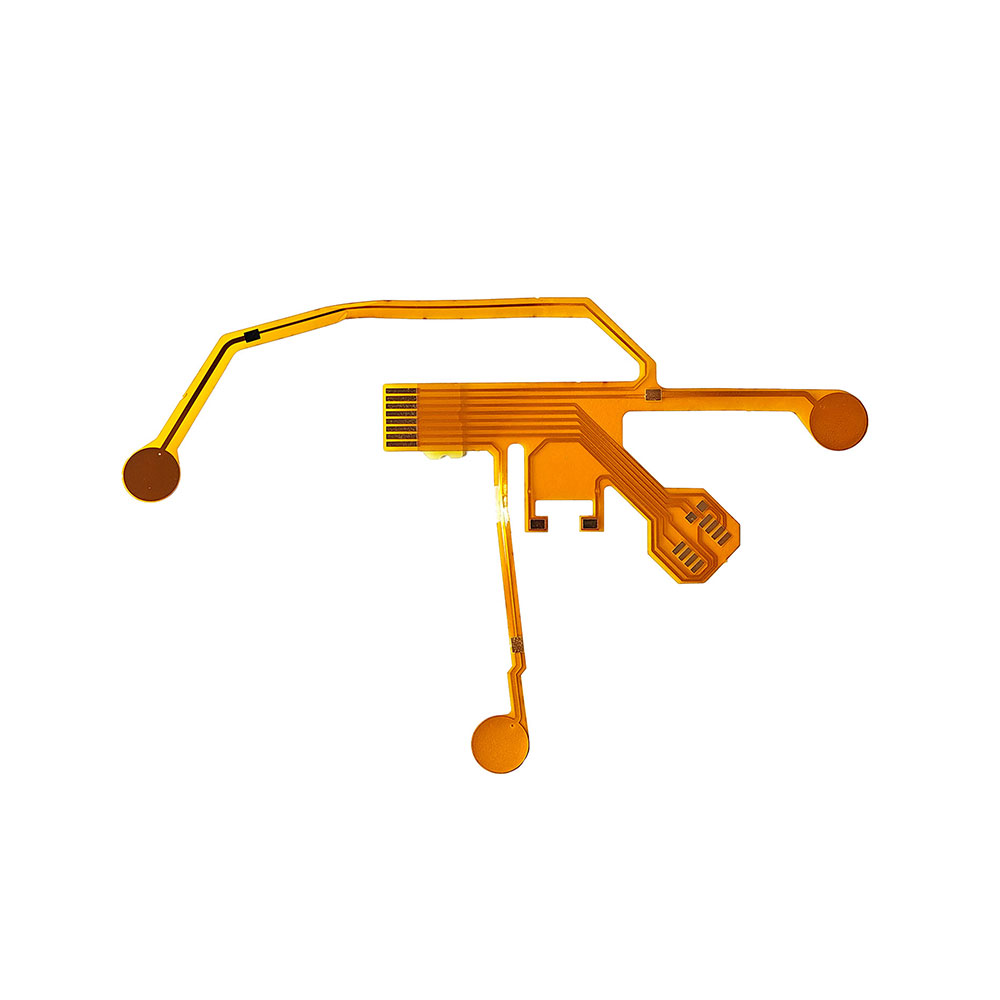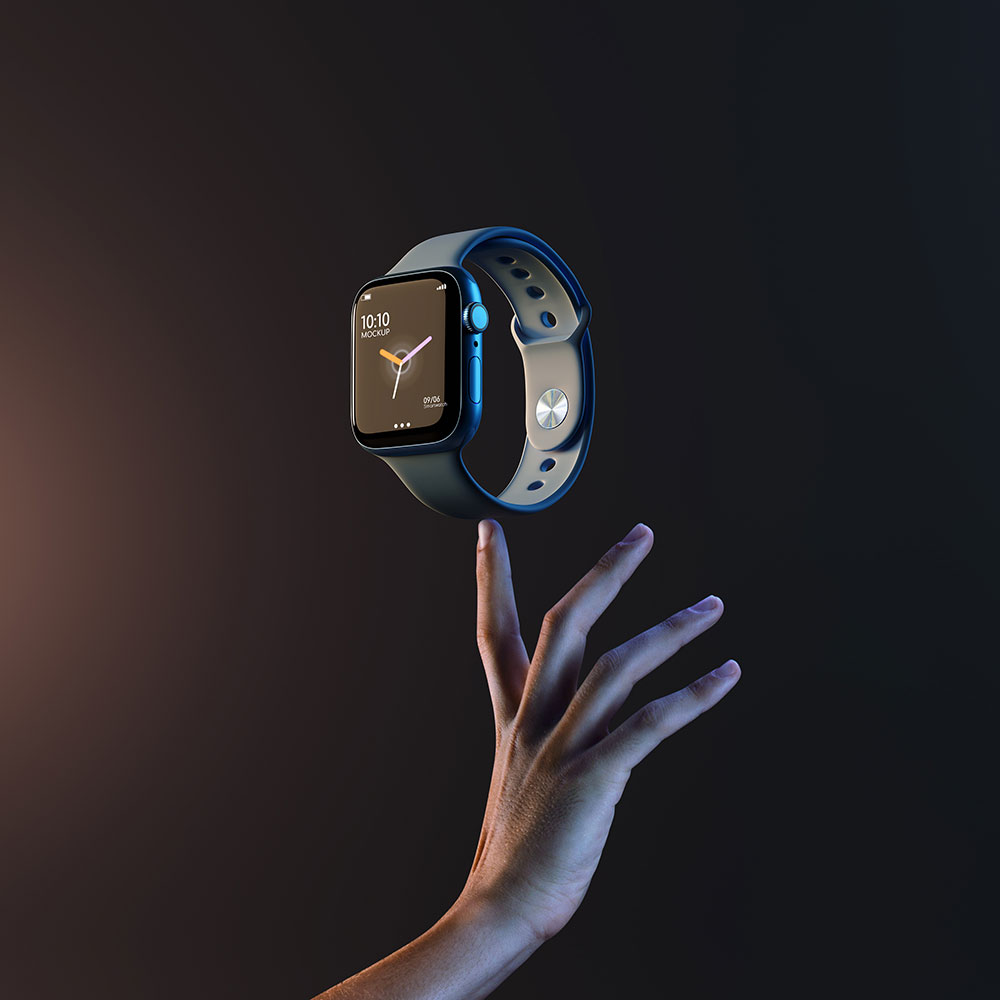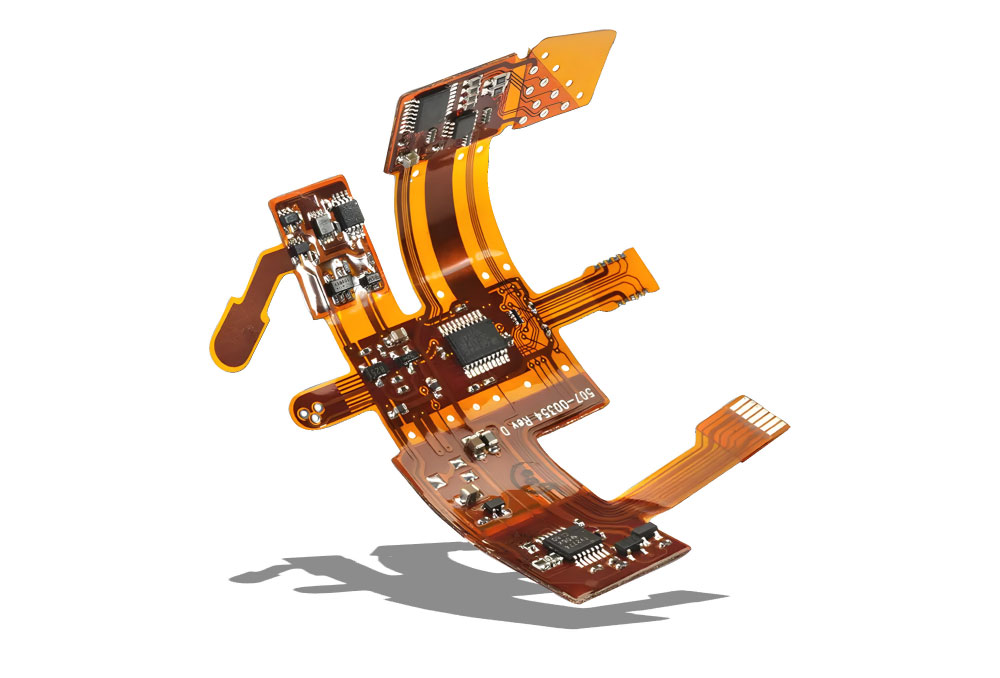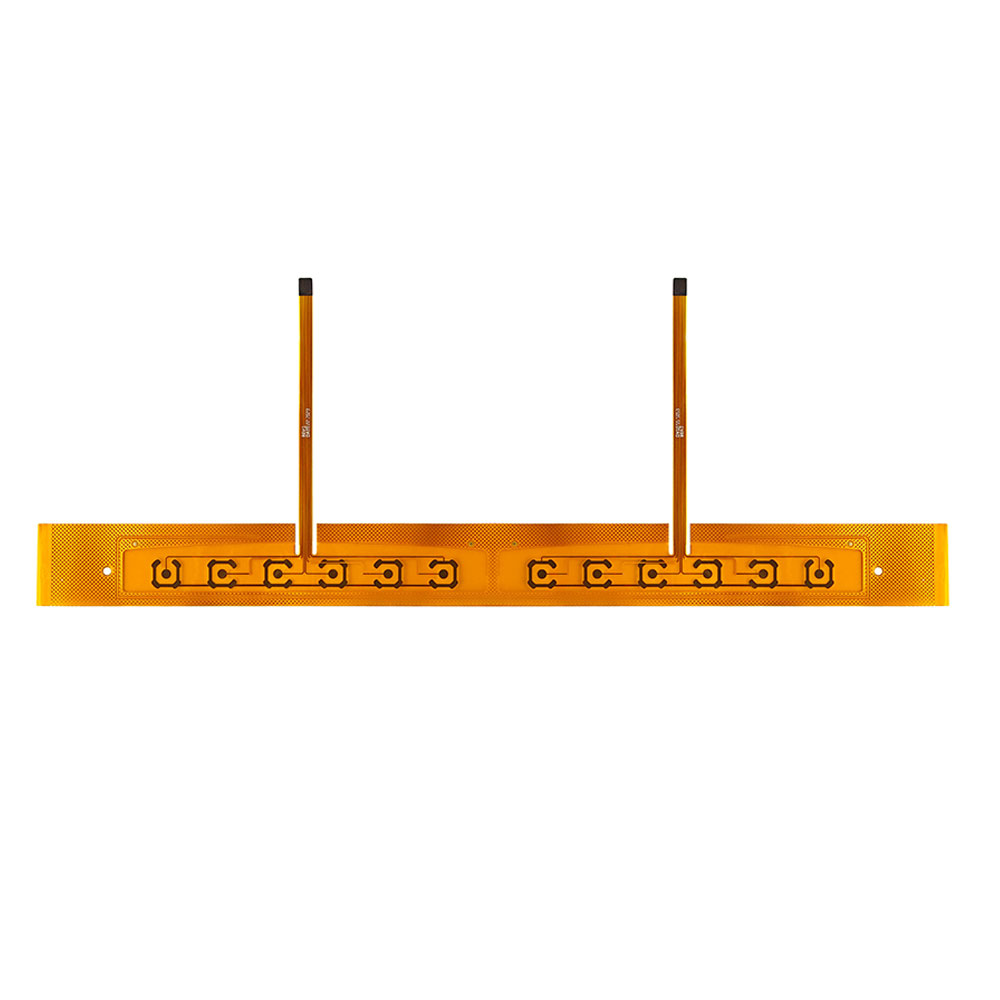You might have heard the buzz about Flexible Printed Circuit Boards (FPCB) or Flexible PCBs (FPC), but do you truly understand what makes them so remarkable? Buckle up because we’re diving deep into the world of FPCBs, and I promise, it’s more fascinating than you might think.
FPCBs, or simply FPCs, are a game-changer in the realm of electronics. Picture a printed circuit board that can flex, bend, and even withstand millions of dynamic bends without a hitch. It’s like the superhero of circuit boards, and today, we’re going to uncover why.

Table of Contents
The Incredible Anatomy of FPCBs
Alright, let’s get down to brass tacks. An FPCB is a printed circuit board with a pattern, but it’s not your run-of-the-mill rigid board. What sets it apart is its flexible substrate. Imagine a board that’s not constrained by rigidity, one that can adapt to various shapes and sizes. That’s the magic of FPCBs.
Here’s the scoop on their construction: FPCBs consist of an insulating substrate and a conductor layer, with an adhesive bonding these layers together. This unique combination offers remarkable electrical performance while allowing the board to flex and twist as needed. And the best part? The wires inside can take a beating, enduring countless bends without breaking a sweat.
The Revolution of Miniaturization and Mobility
Now that you’ve got a handle on what FPCBs are made of, let’s talk about why they matter. These boards are like the secret sauce behind the modern gadgets and devices we can’t live without.
Think about your smartphone, smartwatch, or even those nifty earbuds. What do they all have in common? They’re small, sleek, and super portable. Well, you can thank FPCBs for that. Their ability to bend, wind, and fold means they can be seamlessly integrated into compact designs, reducing the volume and weight of electronic products. So, your tech goodies can fit snugly in your pocket, backpack, or wherever you need them.
But that’s not all. FPCBs also excel in high-density installations, making them ideal for modern electronics. As our devices continue to shrink, the demand for FPCBs is skyrocketing because they’re the unsung heroes of miniaturization and mobility.

From FPCB to Rigid Flexboard – The Ultimate Hybrid
Hold onto your hats, because we’re about to unveil the next level of circuit board innovation – Rigid Flexboards. You see, the development of FPCBs gave birth to this cutting-edge hybrid. It’s like having the best of both worlds!
Rigid Flexboards combine the flexibility of FPCBs with the stability of traditional Printed Circuit Boards (PCBs). They’re created through a process of lamination and other crafty techniques that seamlessly meld the two, resulting in a circuit board that’s not only flexible but also rigid where it needs to be. This fusion of technologies paves the way for high-end, top-notch products that can handle just about anything you throw at them.
So, if you thought FPCBs were cool, get ready to be blown away by Rigid Flexboards. They’re the future of electronics, offering a perfect blend of flexibility and stability that’s taking innovation to the next level.

Join the FPCB Revolution
Excited to dive into the world of FPCBs and Rigid Flexboards? Well, the good news is, you’re not alone. Electronic engineers worldwide are recognizing the potential of FPCBs and are keen to harness their benefits. Plus, it’s become more accessible than ever to get your hands on these cutting-edge technologies.
Nowadays, you can get a quote for an FPC or Rigid Flex PCB online through our website. Gone are the days of navigating complex processes and waiting around. It’s time to step into the future of electronics.
So, what’s next? Stick around, because we’ve got more insights, tips, and exciting updates coming your way. We’re at the forefront of the FPCB revolution, and we’re here to make sure you don’t miss a beat. Get ready to explore, innovate, and embrace the incredible world of Flexible Printed Circuit Boards.
